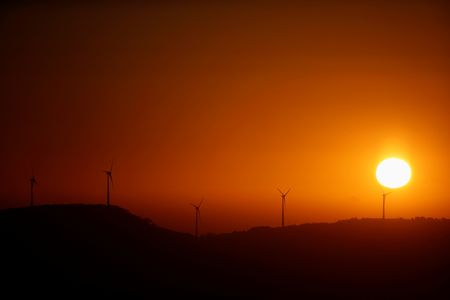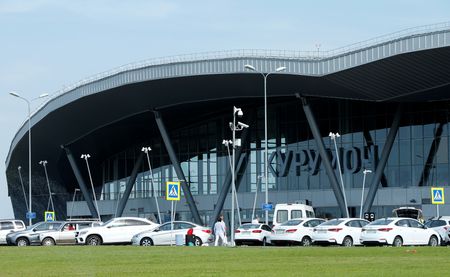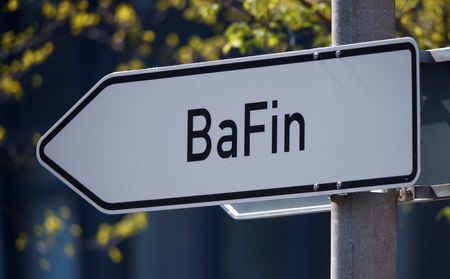By Forrest Crellin, Nora Buli and Vera Eckert
PARIS/OSLO (Reuters) -Lower hydropower stocks and wind speeds in northwest Europe could raise demand for gas and coal-fired power generation this summer at a time when Europe already needs additional gas volumes to refill storage depleted after the winter.
Hydro levels and snow pack are now below average in continental Europe, much lower than levels recorded in 2024, LSEG data showed, while gas demand has risen year-on-year.
Weak wind speeds in recent months have already increased European gas consumption for power generation and low snow levels in the Alps are expected to limit hydropower generation this spring and summer.
This could put more pressure on gas storage filling in the region, which is at 39% full, 33% below last year’s level.
Weaker wind speeds have led analysts at Rystad Energy to cut their projected annual rise in European wind power generation from 39 TWh to 9 TWh. Total output in 2024 was 595 TWh.
Cutting 30 TWh from wind’s contribution to the power mix will put pressure on other sources. This usually comes from the “fossil and other” bucket – made up of more than 90% coal and gas, Rystad analyst Fabian Roenningen said.
Rystad has increased its yearly gas-for-power demand outlook for 2025 by up to 6%.
“If this occurs, it will also be the first year since 2019 with a solid increase in gas-for-power demand in Europe,” Roenningen said.
Hydro reserves, which could potentially tide over periods of low wind and solar power, are also lower than last year amid a drought in Germany and low snow pack in the Alps, a key source for Swiss hydropower generation.
March and early April were extremely dry in Germany, leaving upper soil moisture levels up to 20% below long-term minimum levels in some regions, German meteorological office DWD said.
Rainfall was so low that navigation was limited on the Rhine river, with vessels sailing with reduced loads and freight surcharges imposed to compensate.
Northeastern France has also experienced drought, with mid-April soil conditions at levels usually seen by the end of May and at their lowest on record in two regions.
“We will see much less hydropower generated this year than we saw last year. We expect this to have a bullish impact on the power prices,” said LSEG analyst Peter Nordby, adding that France alone would lose near 15 TWh of hydro production.
Sunny, dry conditions are good for solar production, but can stretch supply in the so-called ‘shoulder hours’ of the evening when the sun begins to fade and other sources need to ramp up.
“We see increased gas-for-power demand in the shoulder hours,” Nordby said.
Assuming year-on-year solar power generation growth of 15-20% this summer, and demand increasing between 1.5-2%, gas-for-power generation could lift by an average of 2.7% in the period April-August, Rystad’s Roenningen estimated.
A rise in gas-for-power demand could compete with volumes needed for storage refilling, adding to bullish pressure on European gas prices and keeping German power costs well above those of France.
(Reporting by Forrest Crellin in Paris, Nora Buli in Oslo and Vera Eckert in Frankfurt; editing by Nina Chestney and Ros Russell)









